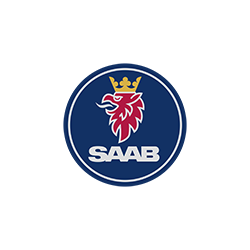Explore More Models
Explore More Models

In 1937, Saab, then known as Saab AB, started off as an aircraft company. The full name of the corporation is "Swedish Aircraft Company," or Svenska Aeroplan Aktiebolaget. The Saab 92 was the brand-new car that Saab debuted in 1949.Saab was renowned for its dedication to avant-garde design and innovation. The business concentrated on developing engineering solutions with fuel efficiency, aerodynamics, and safety as top priorities.
Saab automobiles had a unique style that prioritised aerodynamics. The brand's automobiles were distinguished by characteristics like wraparound windscreens and unusual grille designs, which gave them a distinctive and instantly identifiable look.One of the first car companies to widely use front-wheel drive in their models was Saab. The steadiness and traction of front-wheel drive were considered advantages in a variety of driving scenarios.
A wide range of vehicles, including hatchbacks, convertibles, SUVs, and compact and midsize sedans, were offered by Saab. The Saab 900, Saab 9000, and Saab 9-3 were some of the best-selling models of the company.
The Swedish automaker Saab had a number of issues that caused it to stop producing cars in the US. Here are a few of the crucial elements:
In 2011, Saab formally ended its business operations in the US and withdrew from the American market. The surviving Saab service centers continued to provide assistance and support to current Saab owners. Even after it was discontinued, Saab managed to hold onto a loyal fan base of collectors and enthusiasts who still care for vintage Saab vehicles.